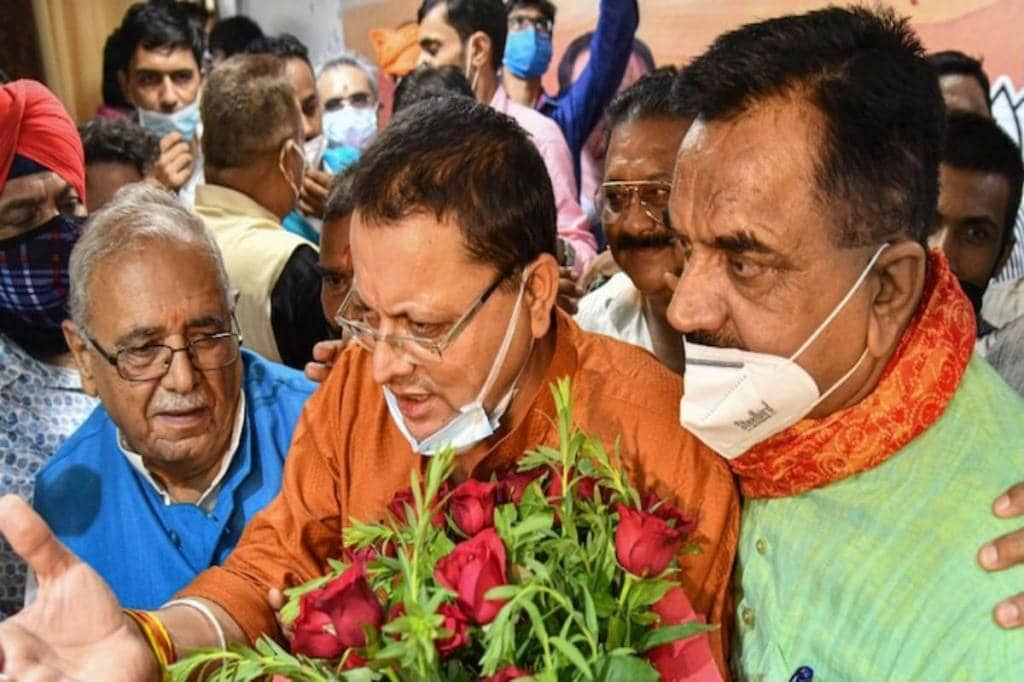The BJP is expected to comfortably retain power in Uttarakhand even as an upbeat Congress may pose a stiff challenge to the former in the upcoming assembly polls in the hill state, according to the latest round of ABP News-C Voter pre-poll survey.
According to the survey, the BJP may bag 36-40 seats in the 70-seat assembly to retain power while the Congress is expected to win 30-34 seats. The Aam Aadmi Party (AAP), which will make its electoral debut in the hill state, is expected to win just 0-2 seats, while the others are projected to bag just 0-1 seat, as per the survey.
The November survey, however, predicts a considerable decline for the BJP’s seat share which was projected at 44-48 in September and 42-46 in October. Meanwhile, the projected loss for the ruling party is suggested to give big gains to the Congress whose seat-share was expected to be between 19-23 seats in September and 21-25 seats in October.
The BJP-led alliance is likely to get 41.4 per cent of the votes this time, a decline of 5.1 per cent as compared to previous assembly polls. The Congress-led alliance, meanwhile, is expected to get 36.3 per cent of votes. This is a gain for them as the alliance got 33.5 per cent of the votes the last time.
The debutant AAP, as per the survey, is expected to get 11.8% of the votes. While the ‘others’ 20% of the votes in the last elections, they expected to receive just 10.5% of votes this time.
The BJP had registered a thumping victory in the last assembly elections, winning 57 out of the total 70 seats which was the best performance by any party in the Himalayan state.
However, this time the party faces a major challenge of overcoming the aftermath of COVID-19 and the apparent impact of change in leadership in the state. The alleged lack of economic and employment opportunities may also emerge as key concerns for the party.
Another major issue of concern for the party is its performance during this term. In its 2017 poll manifesto, the BJP had promised employment and free education up to graduation for the needy, along with smartphones and laptops for academically outstanding students and facilities such as air ambulances and telemedicine to augment the healthcare facilities. However, most of these promises have remained unfulfilled even as the five-year term draws to a close.


